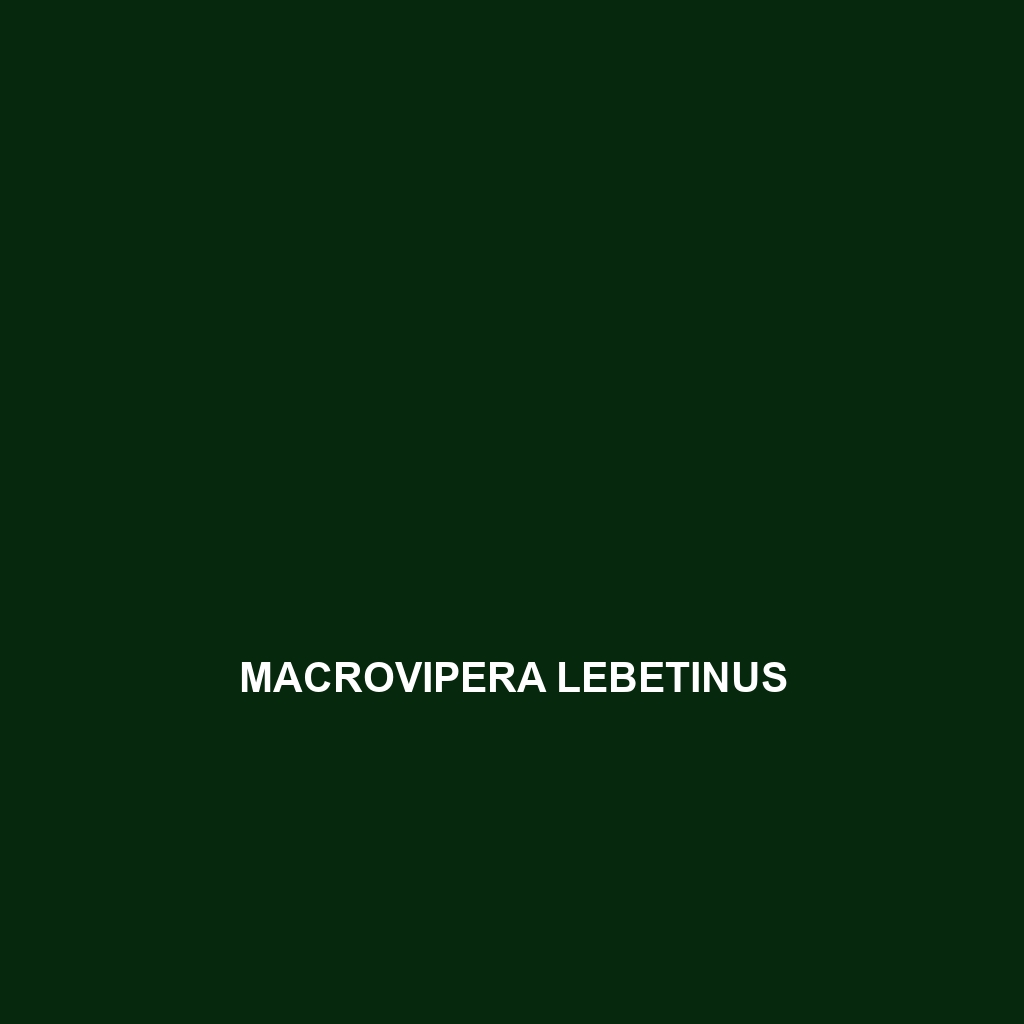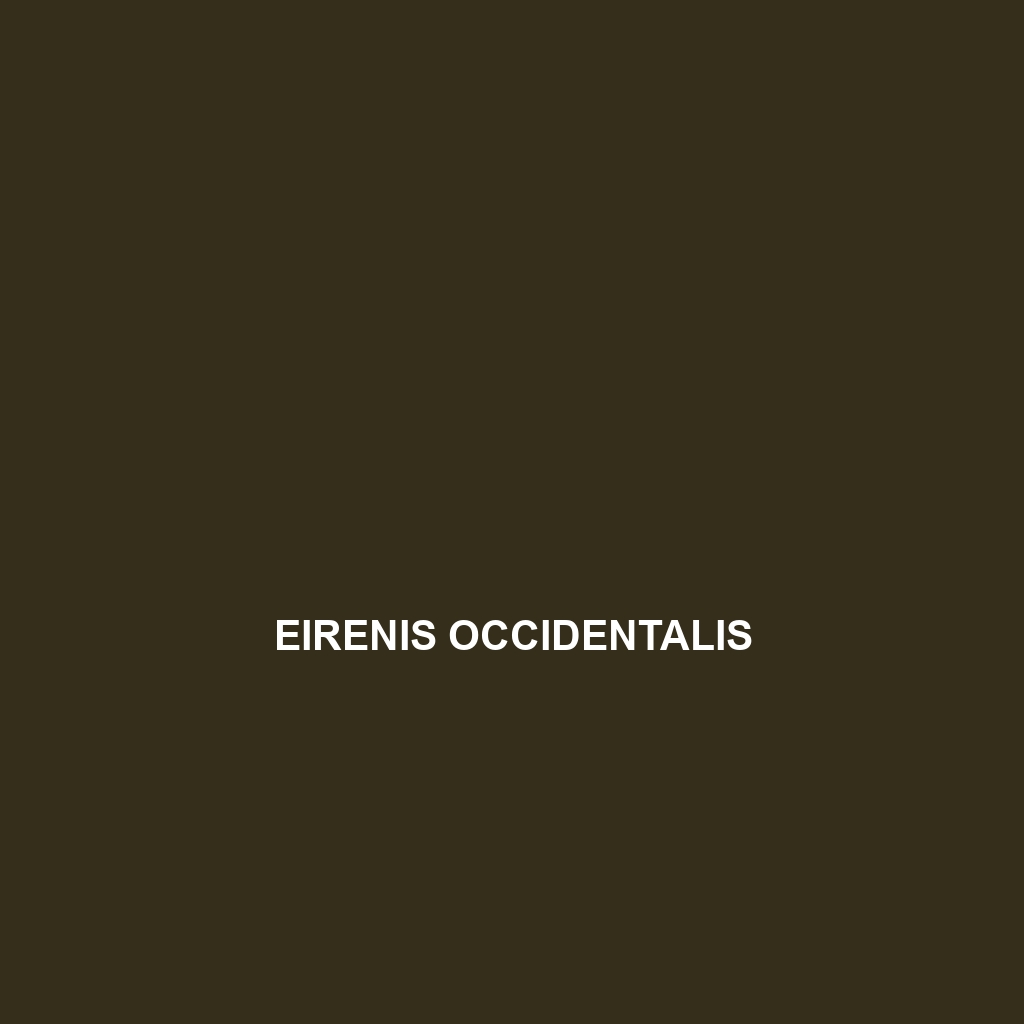<strong>Rafetus euphraticus</strong>, commonly known as the Euphrates softshell turtle, is a critically endangered species native to the freshwater environments of the Middle East, distinguished by its large, flattened carapace and strong territorial instincts. This omnivorous turtle plays a vital role in maintaining biodiversity and water quality within its habitat while facing significant threats from habitat destruction and pollution.
Tag: Middle East wildlife
Ptyodactylus siphonorhina
<p><b>Ptyodactylus siphonorhina</b>, or the Persian Leaf-toed Gecko, is a resilient insectivore native to dry, rocky environments in the Middle East, known for its slender body, broad leaf-shaped toes, and remarkable camouflage. This nocturnal species plays a vital role in controlling insect populations and is classified as Least Concern by the IUCN, although habitat preservation is essential for its continued survival.</p>
Rafetus euphraticus
<strong>Rafetus euphraticus</strong>, commonly known as the Euphrates softshell turtle, is a critically endangered species native to the freshwater environments of the Middle East, distinguished by its large, flattened carapace and strong territorial instincts. This omnivorous turtle plays a vital role in maintaining biodiversity and water quality within its habitat while facing significant threats from habitat destruction and pollution.
Ptyodactylus siphonorhina
<p><b>Ptyodactylus siphonorhina</b>, or the Persian Leaf-toed Gecko, is a resilient insectivore native to dry, rocky environments in the Middle East, known for its slender body, broad leaf-shaped toes, and remarkable camouflage. This nocturnal species plays a vital role in controlling insect populations and is classified as Least Concern by the IUCN, although habitat preservation is essential for its continued survival.</p>
Platyceps josephi
<strong>Joseph's Snake (Platyceps josephi)</strong> is a striking predator found in the temperate forests and grasslands of the Middle East and North Africa, known for its impressive length of 60-120 cm, vivid coloration, and remarkable camouflage. As a diurnal carnivore, it primarily feeds on small mammals, birds, and lizards, playing a crucial role in maintaining ecological balance within its habitat.
Naja arabica
Discover the fascinating Naja arabica, or Arabian cobra, a highly adaptable predator found in diverse habitats across the Middle East and North Africa. Known for its striking appearance and remarkable venom control, this species plays a vital role in maintaining ecological balance.
Mesalina simoni
<p><b>Mesalina simoni</b>, commonly known as Simon's Sand Gecko, thrives in arid environments across the Middle East and North Africa, characterized by its slender body, sandy coloration, and nocturnal behavior. An insectivore by nature, it contributes to ecosystem balance by controlling insect populations and plays a vital role in its desert habitat.</p>
Macrovipera lebetinus
<p><b>Macrovipera lebetinus</b>, also known as the Levantine viper, is a robust, nocturnal snake found in the Middle Eastern regions, recognized for its striking coloration and potent venom. This carnivorous species plays a vital role in its ecosystem, regulating small mammal populations while exhibiting intriguing social behaviors during mating seasons.</p>
Eryx jayakari
Common Name Eryx jayakari Scientific Name Eryx jayakari Habitat Eryx jayakari, commonly known as Jayakar’s Sand Boa, is primarily found in the arid regions of the Middle East, particularly in deserts and semi-desert areas of Oman and the United Arab Emirates. This species prefers habitats that include sandy or rocky substrates, which provide both camouflage […]
Eirenis nigrofasciatus
Discover the Black-banded Sand Snake (Eirenis nigrofasciatus), a slender, medium-sized snake native to the arid regions of the Middle East, known for its striking pattern of black bands on a tan to grey background. This nocturnal ambush predator thrives in rocky terrains and scrublands, playing a vital role in maintaining ecological balance by preying on small invertebrates and mammals.









